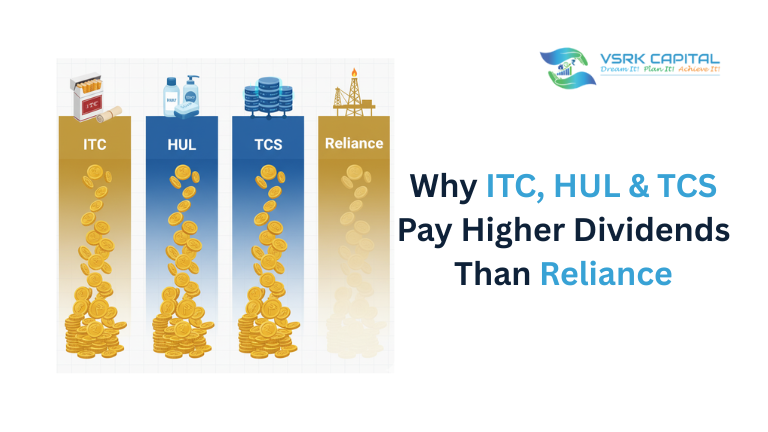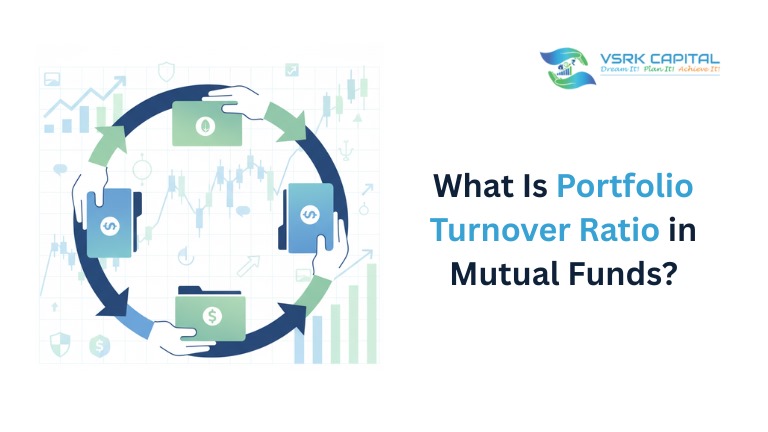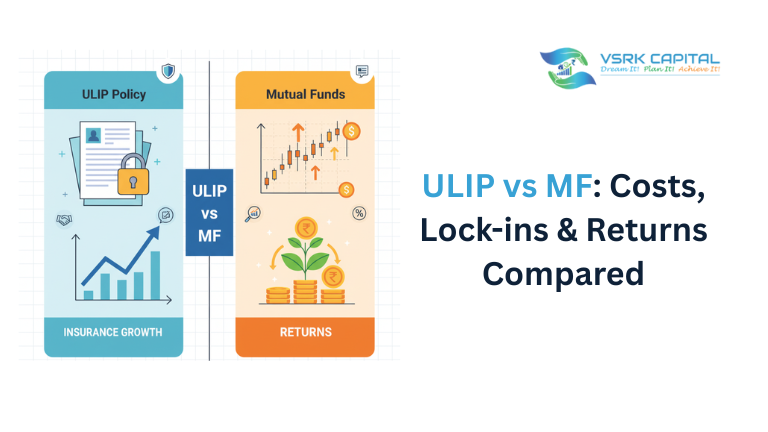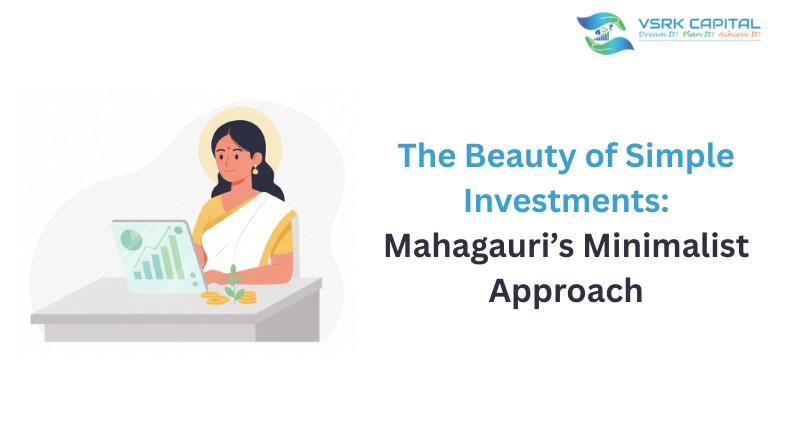
Gen Alpha lives on touchscreens. Money moves with a tap, a QR scan, or a game upgrade. Schools teach math and coding, but not always the money basics that guide daily life. As financial market thought leaders, VSRK Capital sees this gap in homes, schools, and even in early jobs. The good news: simple habits can give young minds a strong start.
What schools aren’t teaching (but kids need now):
– A tiny budget map: earn, save, spend, share. If a child gets ₹200, VSRK suggests split it into jars so choices feel real.
– Pay yourself first: move a slice to savings before you spend. VSRK Capital shows how even ₹20 a week adds up.
– Compounding in plain words: money makes money when you wait. A rupee today can become many with time and patience.
– Digital danger checks: UPI PINs, in‑app buys, BNPL traps, and scams. VSRK runs simple safety drills: pause, verify, then pay.
– Salary basics: offer vs take‑home pay, tax, and an emergency fund. These ideas should not be a shock in the first job.
– Feelings and money: ads trigger FOMO; friends push trends. Name the feeling. Then decide.
A simple playbook for families and schools:
– Three‑jar methods: Save, Spend, Share jars on the study desk. Clear labels. Clear goals.
– Pocket money with purpose: link allowance to small tasks or projects. Show that effort brings income.
– Goal cards: print a photo of the goal (a book, a cycle) and write a date and amount. Track progress each week.
– Earn small, learn big: sell old books, design stickers, tutor a classmate, or run a garden sale. VSRK can mentor safe, age‑fit ideas.
– Start tiny investing: with a parent, try a mock SIP in an index fund and log it monthly. VSRK Capital explains risk and time in simple stories.
– Talk numbers at dinner: one money topic a week, bank interest, bills, or budgets. Keep it open and kind.
The role of schools, with help from VSRK Capital:
– A 4‑week money module with real tasks: read a pay slip, spot hidden fees, plan a class event under a budget.
– Use apps wisely: track spends, set alerts, and read a payment screen before tapping pay. VSRK offers free checklists and workshops.
– Invite parents: money sticks when home and school speak the same language.
Why does this matter for our new age of children:
Many Gen Alpha kids will earn online from content, coding, or gigs and spend online too. Without guidance, easy credit and flashy ads can lead to debt. With guidance from VSRK Capital, they can build a small cushion, avoid traps, and invest with calm and discipline.
Conclusion:
Money class should feel like life class. Start early, keep it simple, and practice every week. VSRK Capital stands with parents, teachers, and students to make money skills clear, kind, and useful for the long run.
FAQs
As early as 6–7 with the three‑jar method. Keep it fun and hands‑on
Small and regular works best. Pick an amount your family can manage and link it to simple goals. VSRK can share sample plans.
Not if you set limits. Use gift cards, set weekly caps, and discuss trade‑offs. VSRK Capital offers a one‑page guide for parents.
Like planting a seed: water it often and wait. Try a mock SIP tracker. VSRK has kid‑friendly worksheets.
Yes. Show how interest works, why paying in full matters, and when to say no. VSRK Capital keeps it simple.
Workshops, mini‑curriculum, and parent nights with practical tools and checklists. Reach out to explore a program that fits.












